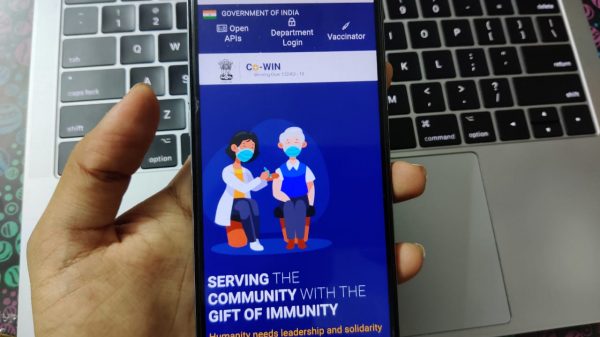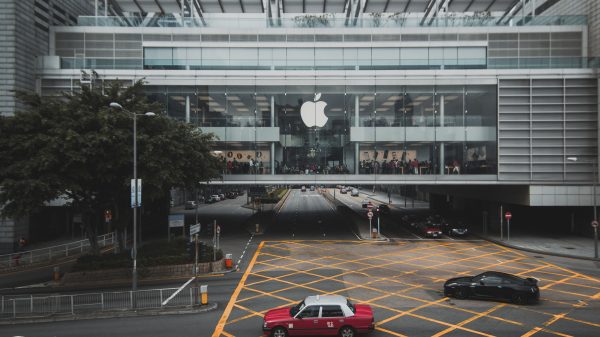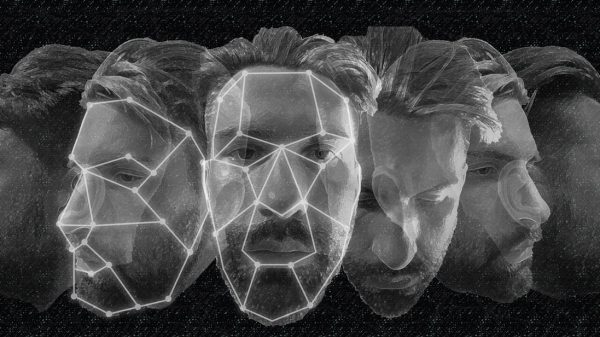“Privacy has been central to our work at Apple from the very beginning,” Craig Federighi, Apple’s senior vice president of Software Engineering said while announcing new privacy features in the company’s World Wide Developer Conference (WWDC) keynote held yesterday. Here is a round-up of these features, which will come to the software powering Apple’s iPhones, iPads, Macs, and Watches later this year:
App Privacy Report: With iOS and iPadOS 15, users can now see more granular detail on what data (photos, contacts, etc) and sensors (camera, microphone, location) apps access, which third-party domains they connect with, and how recently they contacted these domains. Last month, Google also announced a similar feature called Privacy Dashboard that is coming to Android 12.
This feature comes on the heels of features like App Tracking Transparency and Privacy Nutrition Labels going into effect. Apple began allowing its users running iOS 14 to disallow apps from tracking the user outside of the app, a feature that previously allowed companies like Facebook to show ads for products you were looking at on other apps or sites. Facebook fiercely contested this new feature, but Apple did not back down.
iCloud Private Relay: Apple will offer a VPN-like feature for Safari as part of its new service called iCloud+, which will be offered at no additional price to current iCloud paid users.
“When browsing with Safari, Private Relay ensures all traffic leaving a user’s device is encrypted, so no one between the user and the website they are visiting can access and read it, not even Apple or the user’s network provider. All the user’s requests are then sent through two separate internet relays. The first assigns the user an anonymous IP address that maps to their region but not their actual location. The second decrypts the web address they want to visit and forwards them to their destination. This separation of information protects the user’s privacy because no single entity can identify both who a user is and which sites they visit.” – Apple
Apple is touting this feature to be better than traditional VPNs because of the second relay. This feature, however, will not be available in China, Belarus, Colombia, Egypt, Kazakhstan, Saudi Arabia, South Africa, Turkmenistan, Uganda, and the Philippines, Reuters reported.
Mail Privacy Protection: This new feature masks the user’s IP address, preventing senders from using this data to link it to the user’s other online activity or determine the user’s location. It also disables the ability for senders to find if and when an email is opened. Previously senders could use invisible pixels to collect such information.
Safari’s Intelligent Tracking Prevention gets better: Safari’s Intelligent Tracking Prevention feature has been there for a while now and it uses on-device machine learning to stop unwanted trackers while allowing websites to function normally. Intelligent Tracking Prevention now has the ability to hide a user’s IP address from trackers. Previously trackers could use the IP address to connect a user’s activity across websites and build a profile about them.
Hide My Email feature expanded: Apple already had a Sign in with Apple feature that lets users signup for an app or website without providing their real email address. Instead, Apple generates a unique, random email ID that will forward emails to the real ID. This way, users can keep their personal email ID private while apps and websites can continue to seamlessly provide their services. With iCloud+, Apple is now expanding the Hide My Email feature to not only cover account signups but also for instances like filling out a form on the web, signing up for a newsletter, and sending e-mails from the Mail app.
On-device Siri audio processing: Apple’s voice assistant Siri will have on-device speech recognition capability, ensuring that audio requests are processed on the users’ device by default. This is different from how Amazon’s Alexa works, which sends the request to Amazon’s servers to process and uses the data for various purposes. Some of Google’s Pixel devices already have on-device recognition capability for Google Assistant but other devices that run Google Assistant do not have this capability yet and still rely on responses from Google servers.
Recording indicator comes to Macs: Macs running the new macOS Monterey will now an indicator in the Control Center whenever an app is accessing your microphone, in addition to the existing physical green light next to the built-in webcam that turns on when any app uses the camera. These indicator features are already available for iPhones and iPad.
Also Read
- What Apple’s Compromises On Privacy In China Mean For India
- Facebook Expects Problems For Ad-Targeting Business From Regulators, Remains Frustrated With Apple OS Changes
- Google I/O 2021: Round-Up Of Announcements Made In Keynote Address
- Clouldflare, Apple Unveil New DNS Standard To Shield Users From Prying ISPs
















